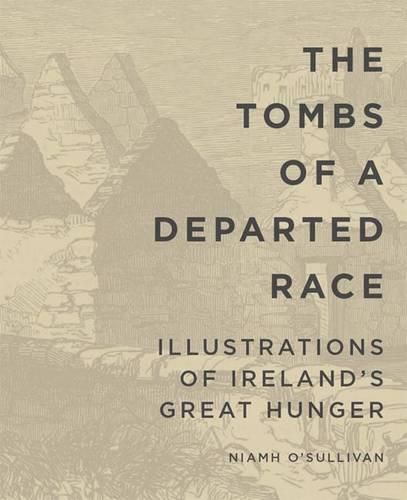Readings Newsletter
Become a Readings Member to make your shopping experience even easier.
Sign in or sign up for free!
You’re not far away from qualifying for FREE standard shipping within Australia
You’ve qualified for FREE standard shipping within Australia
The cart is loading…






Ireland’s Great Hunger Museum at Quinnipiac University publishes Famine Folios, a unique resource for students, scholars and researchers, as well as general readers, covering many aspects of the Famine in Ireland from 1845 - 1852 - the worst demographic catastrophe of nineteenth-century Europe. The essays are interdisciplinary in nature, and make available new research in Famine studies by internationally established scholars in history, art history, cultural theory, philosophy, media history, political economy, literature and music. This publications initiative is devised to augment the Museum experience, and is part of the Museum’s commitment to making its collection accessible to audiences of all ages and levels of educational interest. The booklets are produced to the highest level, beautifully illustrated with works from the Museum and related collections. It ensures that audiences have access to the latest scholarship as it pertains to both the historical and contemporary dimensions of the collection. The subject matter of real human suffering did not lend itself easily to art.Ireland’s Great Hunger - the worst demographic catastrophe of the nineteenth century - coincided with the invention of new mass-market periodicals. Niamh O'Sullivan considers the aesthetic, historical, technical and contextual roles of British newspaper illustration in interpreting the story of the Famine. The booklet examines how academically trained artists who had little experience of looking at unfiltered or distanced atrocity became pictorial journalists and found new ways to image a trauma of unprecedented scale and horror.
$9.00 standard shipping within Australia
FREE standard shipping within Australia for orders over $100.00
Express & International shipping calculated at checkout
Ireland’s Great Hunger Museum at Quinnipiac University publishes Famine Folios, a unique resource for students, scholars and researchers, as well as general readers, covering many aspects of the Famine in Ireland from 1845 - 1852 - the worst demographic catastrophe of nineteenth-century Europe. The essays are interdisciplinary in nature, and make available new research in Famine studies by internationally established scholars in history, art history, cultural theory, philosophy, media history, political economy, literature and music. This publications initiative is devised to augment the Museum experience, and is part of the Museum’s commitment to making its collection accessible to audiences of all ages and levels of educational interest. The booklets are produced to the highest level, beautifully illustrated with works from the Museum and related collections. It ensures that audiences have access to the latest scholarship as it pertains to both the historical and contemporary dimensions of the collection. The subject matter of real human suffering did not lend itself easily to art.Ireland’s Great Hunger - the worst demographic catastrophe of the nineteenth century - coincided with the invention of new mass-market periodicals. Niamh O'Sullivan considers the aesthetic, historical, technical and contextual roles of British newspaper illustration in interpreting the story of the Famine. The booklet examines how academically trained artists who had little experience of looking at unfiltered or distanced atrocity became pictorial journalists and found new ways to image a trauma of unprecedented scale and horror.